Biomass: The Natural Way to Energy
In our relentless quest for sustainable energy solutions, biomass stands out as a prime candidate in the renewable energy landscape. This comprehensive blog explores biomass, its various forms, how it's transformed into energy, and its pivotal role in the renewable energy sector, integrating key concepts such as anaerobic digestion and its significance in the UK's green energy strategy.
Defining Biomass and Its Types
Biomass is organic material that comes from plants and animals, serving as a renewable source of energy when used for power generation, heating, and in transportation fuels. It encompasses a wide range of materials, including wood and wood waste, agricultural crops and waste materials, food waste, and even the organic component of municipal solid waste. Essentially, biomass is the stored energy from the sun, captured through the process of photosynthesis and available for us to harness years, decades, or even centuries later.
Biomass can be classified into several types based on its source:
Wood Biomass: Includes forest residues, woody plants, and trees.
Agricultural Biomass: Comprises crop residues like straw and husks, as well as energy crops grown specifically for fuel.
Waste Biomass: Encompasses municipal solid waste (MSW), industrial waste, and sewage sludge, along with food waste, which is particularly relevant to anaerobic digestion processes.
The Conversion of Biomass to Energy
The transformation of biomass into energy can be achieved through various processes, each suited to different types of biomass and resulting in different forms of energy output:
Direct Combustion: The most straightforward method, where biomass is burned to produce heat or generate electricity through steam turbines.
Anaerobic Digestion: A biological process where microorganisms break down organic matter in the absence of oxygen, producing biogas (mainly methane and carbon dioxide). This method is particularly effective for wet organic materials including food waste and sewage sludge and other dryer materials such as straw and husks which can be wetted down to create a suitable feedstock. The produced biogas can be used as a fuel for heating, electricity generation, or upgraded to biomethane for use as a renewable natural gas substitute.
Gasification: A process that converts biomass into a combustible gas mixture, known as syngas, through the application of heat under controlled conditions and with a controlled amount of oxygen. Syngas can then be used to generate electricity or as a basic chemical feedstock in the industrial sector.
Pyrolysis: This thermochemical process heats biomass in the absence of oxygen, producing bio-oil, syngas, and biochar. Bio-oil can be further processed into biofuels or used directly for heating.
Biomass's Place in the Renewable Energy Landscape
Biomass plays a crucial role in the global renewable energy landscape, contributing to a diverse and flexible energy supply. Its importance can be highlighted in several key areas:
Carbon Neutrality: While burning biomass releases carbon dioxide, the CO2 absorbed by the plants during their growth phase roughly equals the amount released during combustion or digestion. This cycle potentially makes biomass a carbon-neutral form of energy, especially when coupled with sustainable farming and forest management practices.
Energy Security: Biomass contributes to energy security by providing a reliable and stable source of renewable energy that can reduce dependence on fossil fuels and vulnerability to global fuel market fluctuations.
Waste Reduction: Through the anaerobic digestion of food waste and other organic materials, biomass energy production contributes to waste reduction, turning potential landfill material into a valuable energy resource.
Economic Benefits: Biomass energy projects can stimulate local economies through job creation in planting, harvesting, processing, and managing biomass materials and facilities. Moreover, anaerobic digestion facilities can provide an additional revenue stream for farmers and waste management companies.
Conclusion
In the UK, anaerobic digestion plants are an integral part of the renewable energy mix, supported by government incentives and policies aiming to increase the production of green gas. The UK's commitment to reducing greenhouse gas emissions and increasing the share of energy from renewable sources has seen a significant investment in anaerobic digestion technology and biomass energy production.
